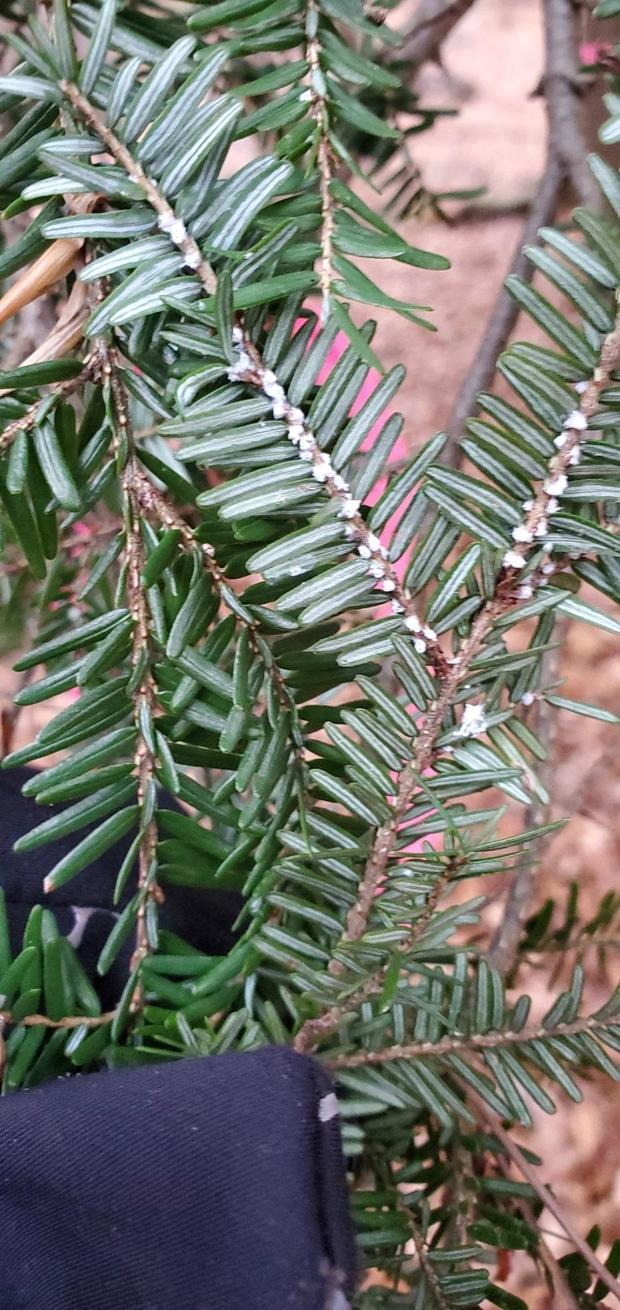Invasive insect found on hemlock trees in northern Michigan
(CBS DETROIT) - The invasive hemlock woolly adelgid has now been detected in another county in Michigan, adding Antrim County to the list.
According to the Michigan Department of Agriculture and Rural Development (MDARD), the insect was also found in Allegan, Benzie, Mason, Muskegon, Oceana, Ottawa, and Washtenaw counties.
The insect was recently detected near Torch Lake in the western part of Antrim County.
"The new infestation was found by a landowner who learned about the hemlock woolly adelgid while attending an educational outreach event held by the Cooperative Invasive Species Management Area that serves Charlevoix, Antrim, Kalkaska, and Emmet Counties," said Steve Carlson, MDARD Pesticide and Plant Pest Management Division director. "Situations like this demonstrate the importance of public awareness in our fight against invasive species."
Officials say the insect extracts sap from hemlock trees, weakening the needles, shoots, and branches. Infested trees can die within four to 10 years. Carlson said approximately 170 million trees can be impacted by the infestation if not treated.
What should I look for?
The woolly adelgid can be found on the undersides of the hemlock tree branches, where residents can look for round, white ovisacs near the base of the needles on the tree.
MDARD officials say the insect infests on hemlock trees and are present year-round, mostly visible November through July.
I think I found them. What should I do?
The MDARD urges residents to report suspected infestations by emailing MDA-Info@michigan.gov or calling the Customer Service Center at 800-292-3939. Residents can also report to the Midwest Invasive Species Information Network online or through the app.
Residents should take one to two photos of the branch. MDARD advises against collecting the branches or twigs.
Visit Michigan's invasive species page for more information.




